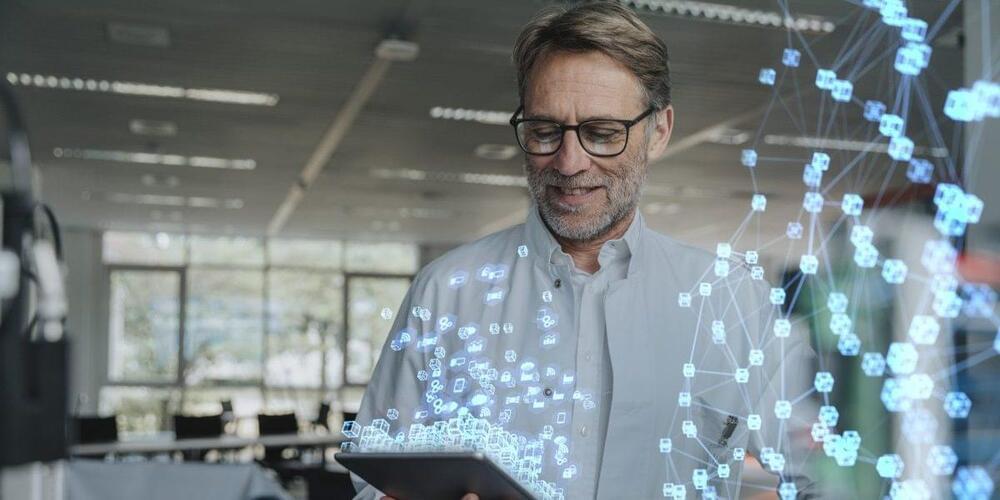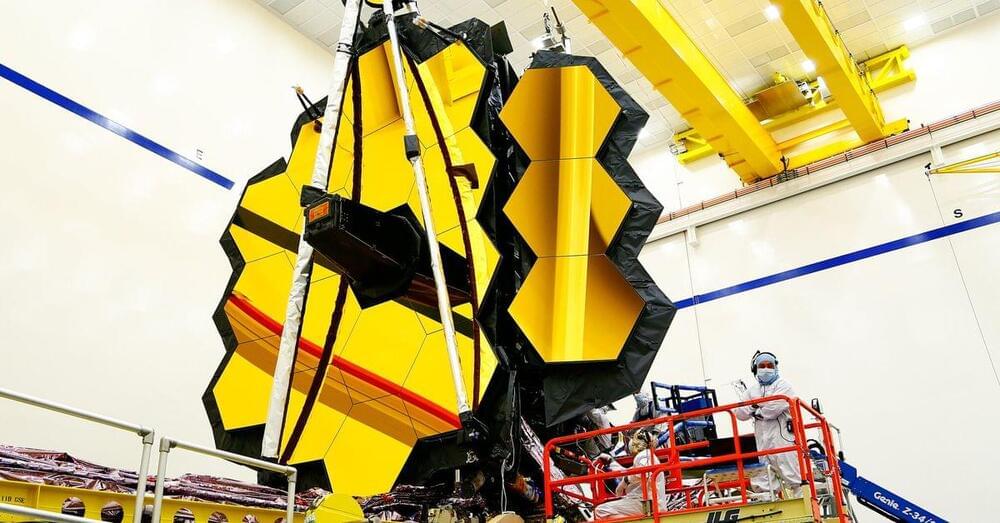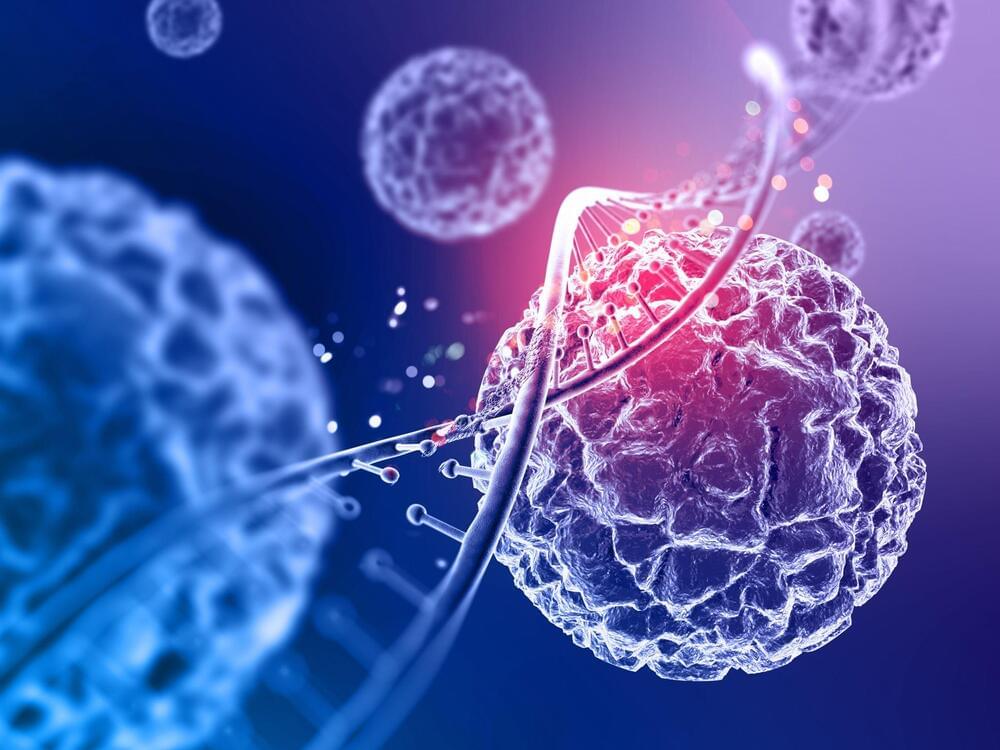Yanko Design.
Say goodbye to those hulking boxes in your living room with a single projector that might actually be doing too much.


Chief information security officers’ (CISOs) greatest challenge going into 2022 is countering the speed and severity of cyberattacks. The latest real-time monitoring and detection technologies improve the odds of thwarting an attack but aren’t foolproof. CISOs tell VentureBeat that bad actors avoid detection with first-line monitoring systems by modifying attacks on the fly. That’s cause for concern, especially with CISOs in financial services and health care.
Enterprises are in react mode
Enterprises fail to get the most value from threat monitoring, detection, and response cybersecurity strategies because they’re too focused on data collection and security monitoring alone. CISOs tell VentureBeat they’re capturing more telemetry (i.e., remote) data than ever, yet are short-staffed when it comes to deciphering it, which means they’re often in react mode.

The James Webb Telescope (JWST) has finished unfolding its primary mirror, ending a series of major deployments that took place over the span of two weeks. All of those deployments needed to go perfectly in order for the massive space telescope, which was decades in the making, to function.
The JWST has two primary mirror panels on either side that it will use to collect infrared light from the distant Universe. Each of them consists of three gold-plated hexagonal mirrors. Today, the rightmost wing was successfully unfurled, just one day after the leftmost wing was deployed. Now that both sides have been locked into place, this completes the array of 18 mirrors that makes up the 21-foot-wide JWST.
Congratulations, @NASAWebb! You are fully deployed!

DNA damage is constantly occurring in cells, either due to external sources or as a result of internal cellular metabolic reactions and physiological activities. Accurate repair of such DNA damages is critical to avoid mutations and chromosomal rearrangements linked to diseases including cancer, immunodeficiencies, neurodegeneration, and premature aging.
A team of researchers at Massachusetts General Hospital and the National Cancer Research Centre have identified a way to repair genetic damage and prevent DNA alterations using machine learning techniques.
The researchers state that it is possible to learn more about how cancer develops and how to fight it if we understand how DNA lesions originate and repair. Therefore, they hope that their discovery will help create better cancer treatments while also protecting our healthy cells.


Circa 2014
Scientists have come closer than ever before to creating a laboratory-scale imitation of a black hole that emits Hawking radiation, the particles predicted to escape black holes due to quantum mechanical effects.
The black hole analogue, reported in Nature Physics1, was created by trapping sound waves using an ultra cold fluid. Such objects could one day help resolve the so-called black hole ‘information paradox’ — the question of whether information that falls into a black hole disappears forever.
The physicist Stephen Hawking stunned cosmologists 40 years ago when he announced that black holes are not totally black, calculating that a tiny amount of radiation would be able to escape the pull of a black hole2. This raised the tantalising question of whether information might escape too, encoded within the radiation.
Virginia mom April Stringfield is now the owner of Habitat for Humanity’s first 3D-printed home — built in record time, thanks to new construction tech.
The massive time and money savings from 3D printing means the nonprofit is very likely to print more in the future.
The American dream: Home ownership is one of the best ways to improve your economic standing in the U.S., as it can help you build equity and improve your credit score.


The team of academician GUO Guangcan of University of Science and Technology of China (USTC) of the Chinese Academy of Sciences has made important progress in the research of cold atom.
An atom is the smallest component of an element. It is made up of protons and neutrons within the nucleus, and electrons circling the nucleus.

Such is the promise and peril of NFTs.
NFTs, or non-fungible tokens, offer many potential benefits to creators. They apply the mechanisms of scarcity to digital assets by allowing artists to render them as one-of-a-kind collectibles, like a painting or a baseball card. This means artists — especially digital artists — who have struggled to make their streamable, screenshot-able or reprintable work hold value — can price their items at rates appropriate for something in short supply.
However, the digital trading mechanism is still in nascent stages, and rife with scams, hacks and copyright issues. Beeple was hit by an organized hack, for example. While artists can sometimes find financial solvency with NFTs, other times, they lose millions.